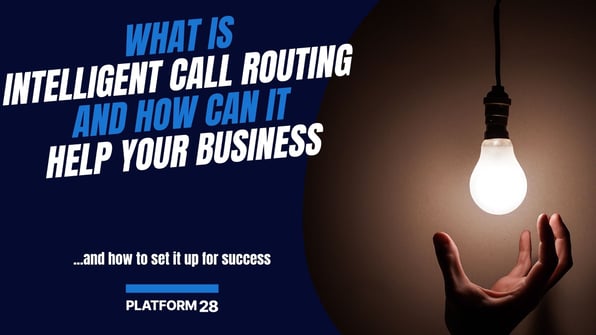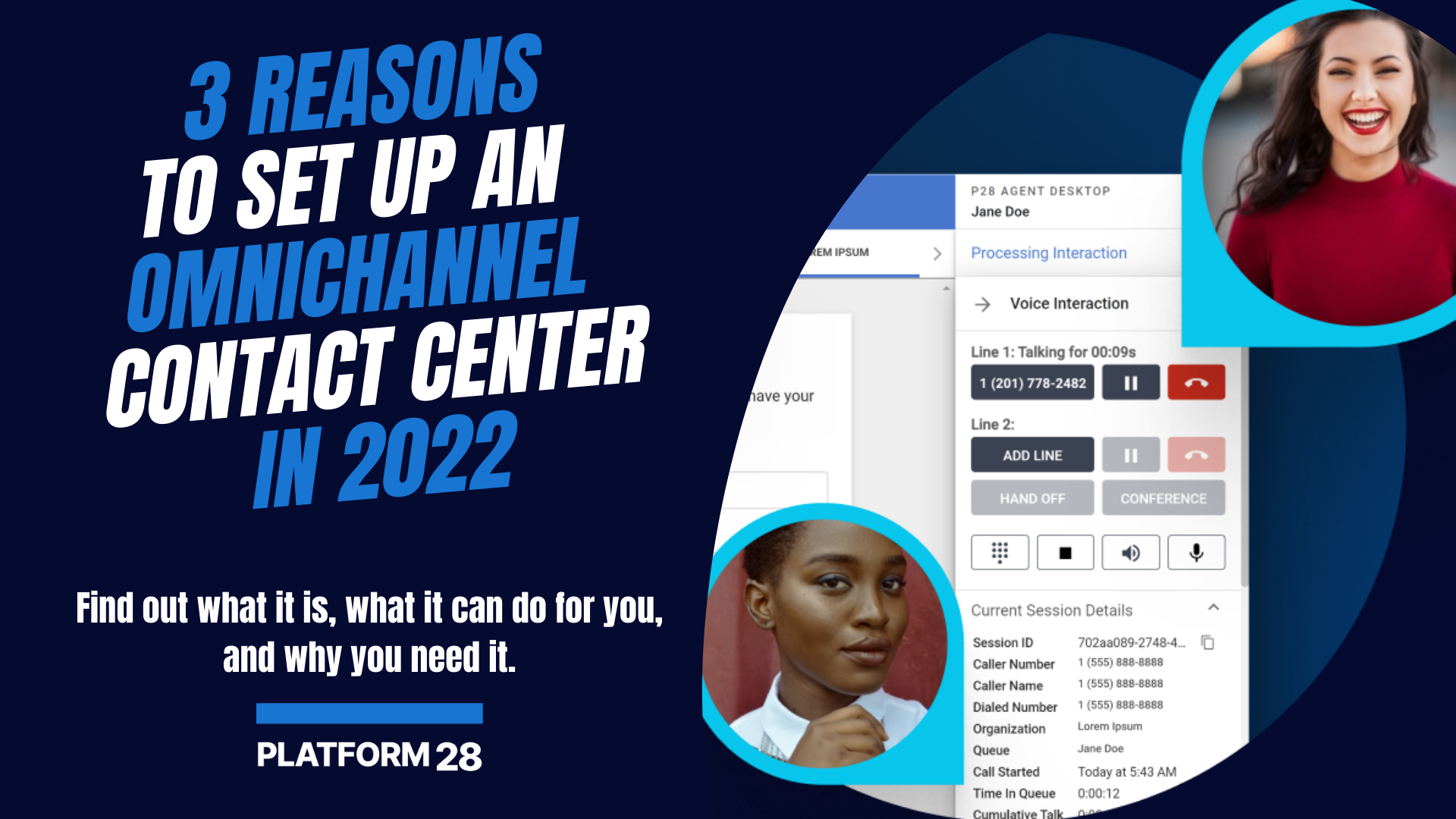What Is Intelligent Call Routing, and How Can It Help Your Business?
What Is Intelligent Call Routing, and How Can It Help Your Business?
Contact centers aren’t what they used to be.
In its latest global industry survey, Deloitte notes that contact centers are rapidly evolving into full-fledged “experience hubs” that deliver value above and beyond customer service. These next-generation hubs hold a lot of untapped potential for engaging consumers, driving innovation, and boosting business growth.
However, this forecast comes with a caveat.
To stay relevant in the face of ever-increasing competition and customer expectations, contact centers need to embrace new technologies, from cloud platforms and automation to service channel diversification.
This is where intelligent call routing comes in. It’s a key component of any contact center digital transformation strategy — and it’s essential to the continued success of your business.
What Is Intelligent Call Routing?
Intelligent call routing is software that automatically captures, sorts, and directs inbound calls to the most appropriate resource, human agent, or self-service tool. The system gauges routing priorities on the basis of menu options selected by the customer, their caller profile, and routing criteria set by the system owner.
A modified version of this technology can also be used to direct other customer interaction types, such as emails, chats, and text messages.
What Are the Benefits of Intelligent Call Routing?
When done right, intelligent routing is a real goldmine for businesses. Among other things, it:
- Saves time and money
- Ensures optimal use of resources
- Eases the burden on customer service agents
- Minimizes the potential for human error
- Reduces repeat questions
- Increases resolution rates
- Delivers seamless experiences
- Boosts customer satisfaction
How Does Intelligent Call Routing Work?
While all systems are unique and can be customized to the needs of the contact center, the intelligent routing process usually follows these steps:
1. Gather Caller Input
Intelligent routing systems use several data types to decide where to refer each inquiry. Most solutions start by asking the customer to provide information about themselves and the nature of their problem. This can be done by speaking the answers into a receiver, selecting options from a menu, or filling in a contact form. Commonly requested details include:
- Customer name
- Account number
- Email and/or phone number
- Preferred communication method
- The department they want to reach
- Type of information they are looking for
- Outcome they want to accomplish
The system then uses this information to gauge the caller's intent, the inquiry’s priority, and where it should be directed.
2. Analyze Caller Profile Data
This type of data is collected automatically through features such as Automatic Number Identification (ANI), which identifies the caller’s phone number, and Dialed Number Identification Service (DNIS), which determines the most appropriate department or agent to direct the caller.
3. Pull Up Historical Caller Data
Once the system identifies the caller, it automatically pulls their details from the contact center database. These can include:
- Purchase history
- Past and current contracts
- Account status
- Contact details
- Customer support history
- Other personal and financial information
4. Match Caller Data to Routing Criteria
Next, the software matches the caller data to the routing rules to determine the most appropriate agent, group, department, resource, or automation. The assessment takes into account each agent’s availability, skill level, track record, and any other distribution criteria set by the system owner.
If the system’s top choice is unavailable, it automatically cascades the search and directs the caller to the next best alternative.
Should You Invest in Intelligent Call Routing?
Your business could likely benefit from an intelligent call routing system if:
- You experience high volumes of inbound calls
- Customers complain of long on-hold times
- Multiple transfers between departments or agents are common
- Customer service reps struggle to understand caller intent or identify the most appropriate agent to handle inquiries
- Resolution and satisfaction rates are lower than they should be
How to Set Your Intelligent Routing System Up for Success
Before investing in an intelligent routing solution, you want to make sure that you have the time and budget to implement the required platform integrations.
However, don’t worry if you don’t have the expertise to perform the migrations in-house — there’s no need to hire a small army of costly IT professionals. At Platform28, we take care of everything for you to ensure smooth integration and have your new system up and running in no time. In the past, CRM applications were expensive and took a lot of development to connect to routing schemas. Today, with SaaS model availability and well-designed API architecture, integrating CRM and other applications into CCaaS platforms and deploying intelligent routing has become a lot easier and more affordable.
Another thing to watch out for is data quality issues. Intelligent routing systems are only as effective as the data you feed them. To get the most out of your routing software, you need a well-maintained and up-to-date internal database with reliable, high-quality information on agent performance, experience, skillsets, customer IDs, caller profiles, inquiry history, and more.
Want to Learn More About Intelligent Call Routing?
A picture is worth a thousand words. A real-life demonstration is worth even more.
Book a free, no-strings-attached demo to see our intelligent routing system in action.










